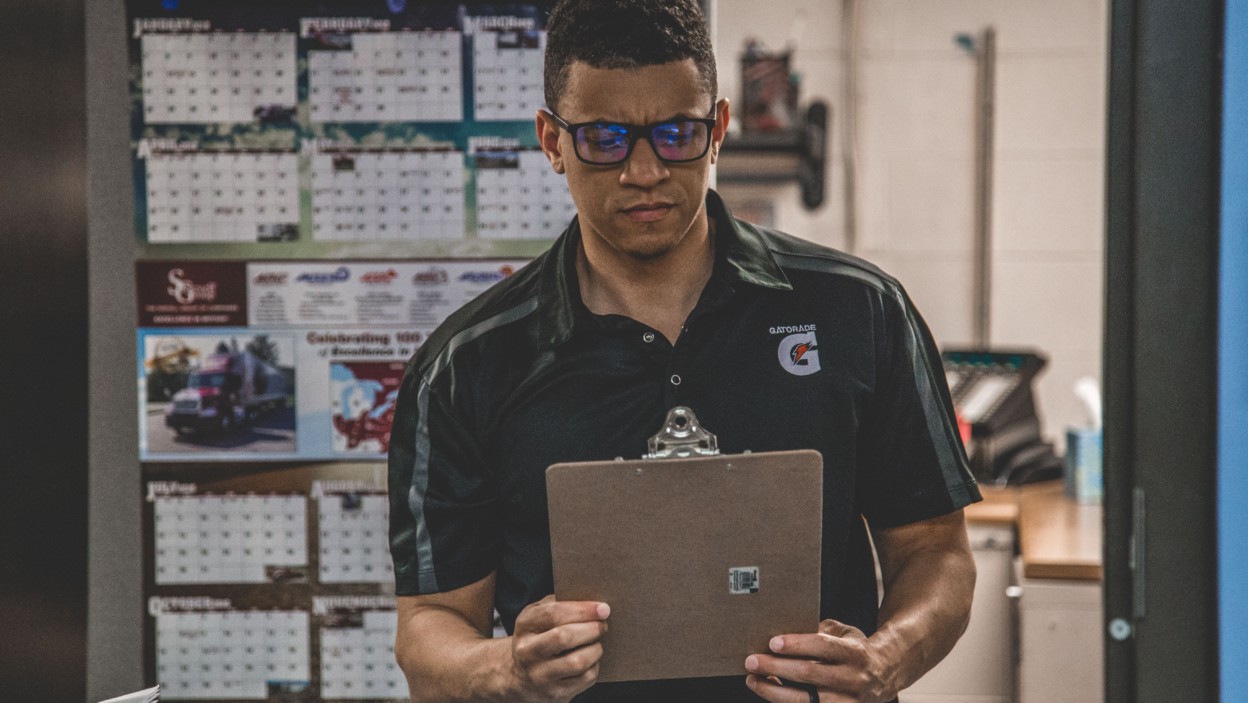While there are many ways to conduct consumer research, one of the easiest and fast ways is a customer intercept. Simply talking to people while they are engaged with a service or product, or at the point of purchase, can provide valuable insights into what’s working, current pain points, and what needs to be explored further.
An intercept is a qualitative, rather than quantitative, approach to consumer research, so don’t expect to arrive at statistics that represent your broad consumer base. You can, however, expect to discover insights that will inspire new concepts. We sat down with Sara Todd to find how she conducts a successful intercept.
How to Conduct a Customer Intercept
- Develop a hypothesis to test. While holding ongoing, open conversations with customers is generally a good policy, an intercept’s limited timeframe means your questions must be focused. Come up with specific hypotheses such as, “Our customers prefer the ‘human touch’ rather than more digital experiences” or “Discounts are a prime motivator for return visits.” Your hypotheses will also guide when the intercept should occur: when the customer is engaged with a service or product; while they are exploring purchase options; mid-purchase; or post-purchase.
- Determine which customer(s) you want to intercept. Once you’ve identified your hypotheses, you can estimate the type of customers you’ll need to intercept. If you’ve already developed several personas or archetypes of users, this is an excellent opportunity to test them against real-world customers. But don’t try to talk to your entire customer base: start with one or two personas, or a narrow demographic profile. You can always conduct another round of intercepts with a different customer base. You’ll also want to choose how many customers to talk to: typically, five to six intercepts will give you a decent set of findings to explore, while 8-12 will show repetition in those findings but highlight the stronger ones to focus on first.
- Find the right questions. Create a questionnaire or discussion guide to explore the customer’s in-store experience. Questions should be open-ended so you can modify and ask follow-up questions during the interviews, but do keep it short: the nature of an intercept means that your customers already have a task to complete.
- Test and practice. Before talking to customers, test out questions with colleagues who haven’t been involved in the project. Does the intercept take up too much time? Do they find the questions confusing? Do the questions elicit the type of information you’re looking for? A few dry runs will help you improve your questionnaire, as well as your delivery. You should also take this time to practice not talking over your colleagues’ responses. In conversation, it’s natural to add “yeahs” and “uh-huhs” to show your agreement or encourage them to continue talking, but in the field, this makes recording the exchange more challenging. Instead, let them talk until they’re done, and nod silently if you feel compelled to interject.
- Get necessary approvals. Find the best stores and times for conducting your intercepts, and if necessary within your organization, make sure you receive approval from the local store managers. You may also need to work with your legal team to authorize release forms (if filming) or incentives, such as coupons, for customers who participate. Incentives are a great conversation starter and buy you a few more minutes of focused conversation.
- Get the gear. Finally! You’re ready to get “into the field.” Make sure you have everything before heading out:
- Questionnaires
- Pens
- Release forms
- Incentives (gift card, coupon)
- Camera (a smartphone works well as it’s less intrusive)
- Digital recorder
- Extra batteries
- Microphone (optional, but may be useful in a noisy location)
- Intercept the customer. When at the site, identify yourself as a representative of the company gathering customer input, and politely ask customers if they are interested in participating. Recording the interactions—whether video or audio only—is preferred, as you can reference the materials later if clarification is needed. Since not everyone in the team, let alone the organization, can participate in an intercept, it’s also an easy way to expose and familiarize others with how customers are feeling. At minimum, have another teammate taking notes while you ask questions. And try to grab a photo of the interview: it helps when it comes time to share these stories with your company.
- Post-intercept recording. Right after each intercept, take a few minutes to jot down the big take-aways from the interview. Capture interesting quotes, insights (pain points, what’s working and not working) and new ideas. Use a notebook, or transcribe directly onto sticky notes, so you are ready for analysis.
- Analyze and share findings. Look across your intercepts and group together common responses from customers. Summarize the results into broad themes that include stories about pain points, what’s working or not working, and new ideas. Share with the rest of the team. Again, this is a great opportunity to feature video or audio clips from the intercepts—seeing (and hearing) is believing.
Takeaway: This quick, inexpensive check-in with customers can provide valuable insights into emerging needs, and can even motivate people in the organization to remember who they’re really working for.








The Evolutionary Edge
Every Link Ever from Our Newsletter
Why Self-Organizing is So Hard
Welcome to the Era of the Empowered Employee
The Power of “What If?” and “Why Not?”
An Adaptive Approach to the Strategic Planning Process
Why Culture/Market Fit Is More Important than Product/Market Fit
Group Decision Making Model: How to Make Better Decisions as a Team